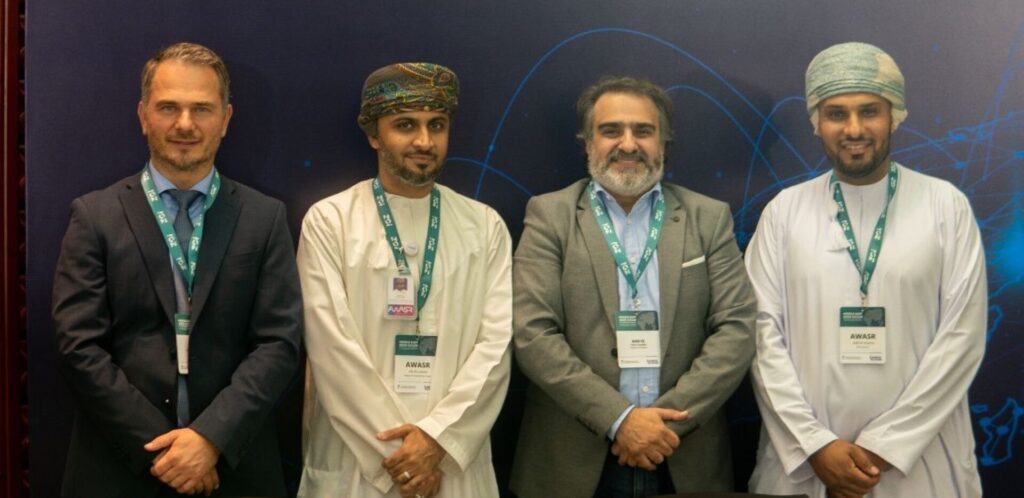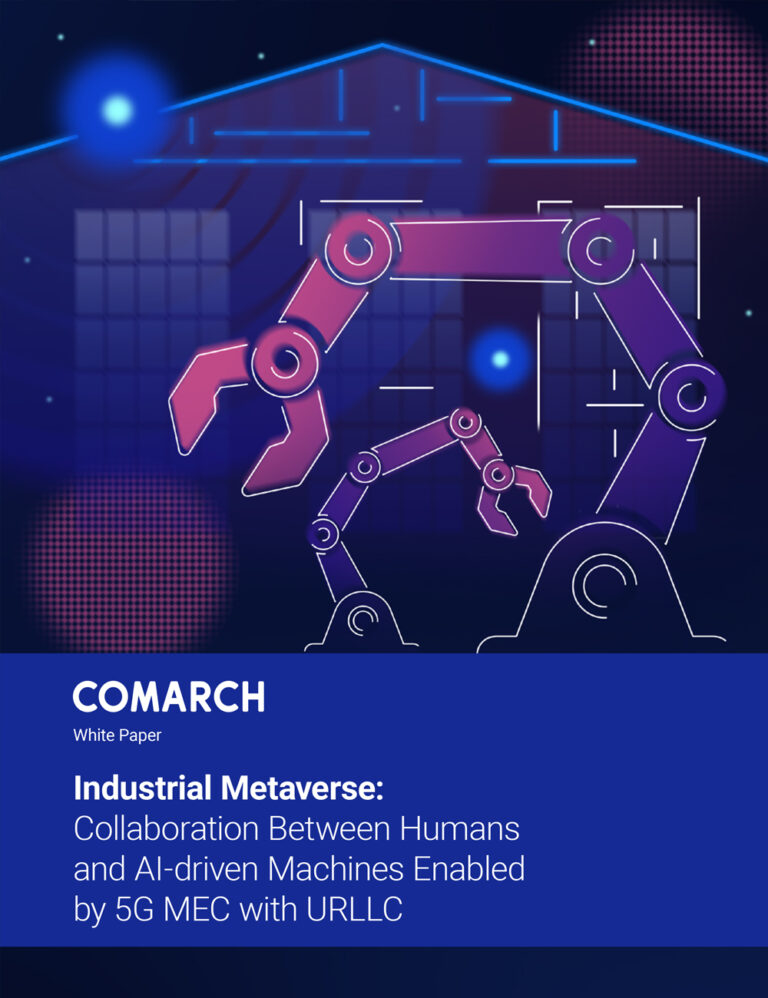Middle Eastern traffic routes and internet exchange points continue to proliferate, threatening Egypt’s dominance
Oman telco Awasr has joined forces with regional digital infrastructure services company Alliance Networks, Amsterdam internet exchange AMS-IX to launch the Oman-IX internet exchange point at Equinix’s neutral carrier data centre, in MC1 in Muscat. The partners said they had been working on getting operational for at least a year – they went public with their collaboration in September last year.
The move is part of the overall acceleration of fibre cable connectivity being built or proposed as operators seek potential alternatives to passing through Egypt which has traditionally been an expensive route.
Egypt has dominated Asia-Europe traffic with an estimated 17 to 30 per cent of all global internet connectivity running through the Red Sea and across Egypt. Egypt Telecom to its credit is already building out more cables and internet exchanges but new terrestrial cables are also being planned through Saudi Arabia which inevitably make Oman’s role pivotal in how things shape up from here. For example, already, SubCo’s 9800km, 48Tbps Oman Australia Cable is underway and Equinix is handling the cable landing station in Muscat.
Oman incumbent Omantel offers connectivity to more than 20 subsea cable systems and operates five separate landing stations in Oman.
Big IX plans
The companies said the launch of Oman-IX aims to revolutionize digital infrastructure services in the region by establishing a neutral internet exchange and connecting leading telecom industry networks providers, hyperscalers, data centres and cloud services across the Middle East and beyond. Awasr, Alliance Networks, and AMS-IX will collaborate to build digital ecosystem and infrastructure services, leveraging Alliance’s and Awasr’s expertise in the region.

“We are delighted to officially launch Oman-IX in collaboration with Alliance Networks and AMS-IX,” said Awasr chief commercial officer Eugen Comendant. “We are confident that we will open new horizons for Oman in the field of digital data, enabling efficient internet traffic exchange and enhancing digital innovation across sectors towards enriching the customer experience.”
“The collaboration between AWASR, Alliance Networks, and AMS-IX strengthens Oman’s digital landscape and accelerates the Sultanate’s interconnectivity to global networks through public peering, Oman-IX will serve as a vital hub for digital services, internet and data exchange, providing an enhanced user experience and promoting digital innovation,” said AMS-IX CEO Peter van Burgel (pictured, top).
Alliance Networks CEO Adel Al Daylami added that the partnership with Awasr will contribute to enrich connectivity and facilitate seamless data exchange across borders.
Regional aspirations
Oman is not the first Middle Eastern foray for AMS-IX. Last month, Batelco renewed its partnership with AMS-IX to enhance MN-IX services in Bahrain, with the aim of further improving the Internet experience for users across the MENA region and beyond.
Last October, AMS-IX signed a partnership agreement with datacentre specialist Wingu to launch a new Internet Exchange in Djibouti. That exchange is called AMS-IX Djibouti and will launch with the 20+ connected networks of Djix, Wingu’s existing IX in Djibouti, which will be consolidated in the new platform.
Last week, on the other side of the Mediterranean, AMS-IX signed a reseller agreement with telco and DC operator Lancom in Greece. Lancom’s customers now have access to the AMS-IX network from their proprietary data centres, including Balkan Gate Thessaloniki and the upcoming Balkan Gate in Heraklion, Crete. Additionally, Lancom’s PoPs in third-party data centres throughout Greece are interconnected with AMS-IX.
The partnership extends to central Europe, with connectivity points in Telepoint Sofia, Equinix FR5 Frankfurt, MIX Milan, and Cineca Caesar Rome. This expanded reach offers Lancom customers enhanced network connectivity and access to global internet traffic. Interconnection to AMS-IX is powered by multi 100-Gigabit DWDM.














